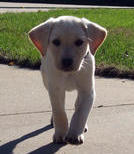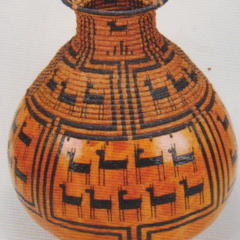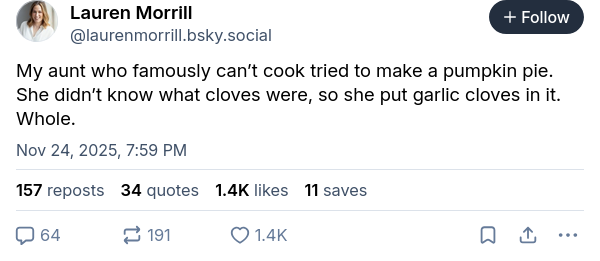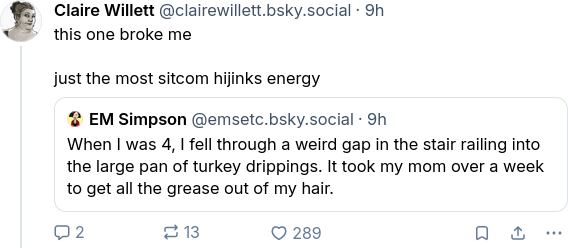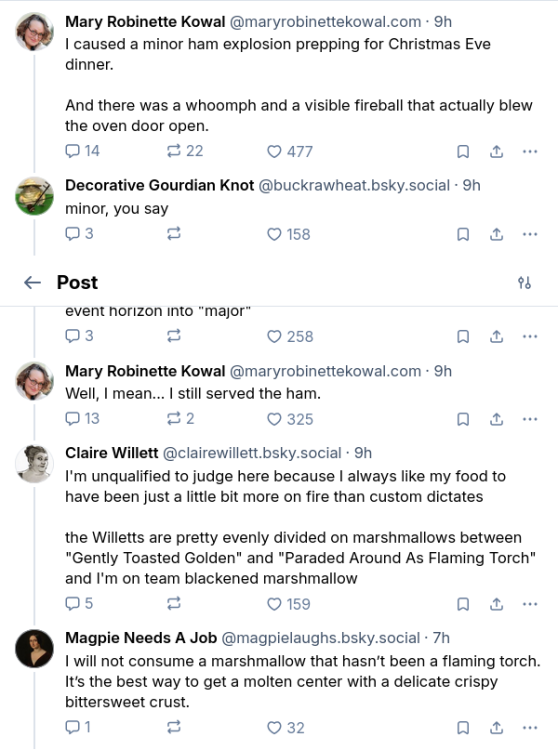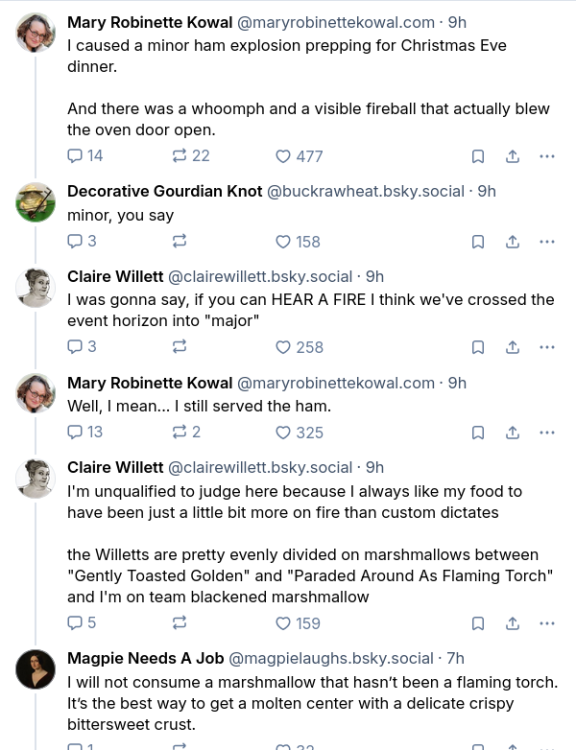-
Posts
6,296 -
Joined
-
Last visited
Recent Profile Visitors
22,706 profile views
-
I wondered about that too, so you've prevented me going down a government-site rabbit hole when I'm supposed to be starting work. So thank you!
-
Not only that, but you have a (ahem) French Connection.
- 1 reply
-
- 2
-

-
Did not know about the reset switch, so that's useful knowledge. I guess maybe GF and I are outliers? She got her Keurig before we were a couple, when she worked at Sears, so it dates from.. I dunno, 2012 or 2013?... and is still working fine. We use the refillable K-cups, partly because of frugality and partly because (in my case) I maintain that the factory-made K-cups (8-10g) don't hold enough coffee to make an adequate cup, even at the smallest 6oz setting. With the refillables I can use 15-18g, which is rather more adequate. I still have/use my Aeropress and French press, but I have to reset the grinder to use the French press, and both of 'em take more time in the morning than I'm willing to invest (with you on that one, Yvette), and... now that I'm stuck with decaf (medical reasons) it just doesn't seem to matter so much anymore.
-
Broccoli florets being recalled for salmonella, Ontario and points east. Also, more pistachios. What're the odds? https://recalls-rappels.canada.ca/en/alert-recall/certain-your-fresh-market-brand-broccoli-florets-recalled-due-salmonella https://recalls-rappels.canada.ca/en/alert-recall/various-pistachios-and-pistachio-containing-products-recalled-due-salmonella-5
-
Just when you thought it was safe to eat pistachios again... (kidding. Nobody thinks that.) https://recalls-rappels.canada.ca/en/alert-recall/various-pistachios-and-pistachio-containing-products-recalled-due-salmonella-5
-
...and Boomberg has noticed. (Gift link, hence the length) https://www.bloomberg.com/news/articles/2025-11-25/ai-slop-recipes-are-taking-over-the-internet-and-thanksgiving-dinner?accessToken=eyJhbGciOiJIUzI1NiIsInR5cCI6IkpXVCJ9.eyJzb3VyY2UiOiJTdWJzY3JpYmVyR2lmdGVkQXJ0aWNsZSIsImlhdCI6MTc2NDA4MzUxMCwiZXhwIjoxNzY0Njg4MzEwLCJhcnRpY2xlSWQiOiJUNkFGNzVLR1pBSlowMCIsImJjb25uZWN0SWQiOiJFNzAxNENGQzIzNTI0MzU0QTVENUY2QkREMDAxOEU3NiJ9.zVeH6d7ceqUngdCBCfynlfmG4wiYTU-Dv8BjiwikQsU&leadSource=uverify wall
- 1 reply
-
- 7
-

-

-

-
Annnnd, senna leaf herbal tea. https://recalls-rappels.canada.ca/en/alert-recall/celebration-herbals-brand-senna-leaf-herbal-tea-recalled-due-salmonella
-
One pistachios, one not. https://recalls-rappels.canada.ca/en/alert-recall/aoun-brand-tahineh-recalled-due-salmonella-2 https://recalls-rappels.canada.ca/en/alert-recall/various-pistachios-and-pistachio-containing-products-recalled-due-salmonella-5
-
When I was a kid, I can remember a brand of yellow mustard (don't remember which one) coming in a glass jar which, once it was emptied, became a drinking glass. My grandmother had a full set of them.
-
-
I don't know how many here (if any) are on Bluesky, but author Claire Willett solicited readers' best/funniest stories of Thanksgiving meals gone wrong. The whole thing is worth a read, if you're on the platform (here's the link: https://bsky.app/profile/clairewillett.bsky.social/post/3m6fypqlkes2p), but I've picked a couple of fun examples to give you all the idea. Some are just basic mistakes: Others have that "family stories that live forever" energy: ...and some are especially inspired examples of Cookery Gone Wrong (MRK, for those who don't know, is a popular/successful science fiction writer). And finally, a moment that somehow turns The Dish We All Dread into something surprising and uplifting:
-
https://recalls-rappels.canada.ca/en/alert-recall/various-pistachios-and-pistachio-containing-products-recalled-due-salmonella-5








